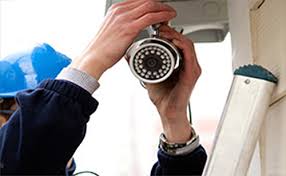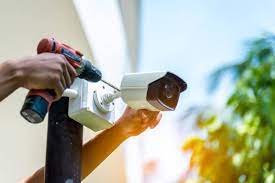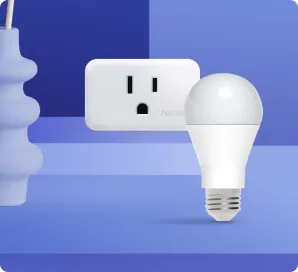What was once thought to be a security measure for businesses like banks and retail stores has now found its way home. They are not just at home; CCTV cameras are now in every place you can think of, schools, hospitals, etc.
Their proliferation has also seen them work hand-in-hand with developing technologies such as automation, cloud computing, and the internet. All this has only made them more capable and easy to use, thus making them even more efficient in matters of security.
As their popularity and use increase, the million-dollar question remains: how easy is CCTV security camera installation?
Tips for Proper CCTV Camera Installation

The following are the best ways to install a home cctv camera
- Placement: The place where the camera is supposed to be located should be so that the entire room can be seen. For example, when they’re placed in a corner area, chances are, only a small area will be seen.
- Lighting: The area that is being surveyed should have adequate lighting. That way, the camera will take clear video footage. This will make it easy for you to identify people’s features and view scenarios well.
- Entry points: Basements, back doors, and windows are all entry points commonly used by burglars. As such, you must position your cameras to view all entry points.
- Camera types: You should understand what application best suits a specific camera. Avoid PTZ (pan, tilt, zoom) cameras. Although they are great, they do have limitations. For example, they will need more mobile parts. They are also able to view a limited amount of space. That is why they are used in business establishments where a guard can rotate the camera to see other angles.
- Cables. Make sure that the cables you use are well-protected. Cables should not be visible and should also be hard to access.
- Indoor cameras for indoors and vice versa: Avoid using cameras made for indoor use outside. You will end up with low-quality images or even no images when you do so. For example, indoor cameras haven’t been built to stand the different environmental conditions the outside world has. They can handle insects, condensation, moisture, etc.
- Go for wired CCTV cameras: Wireless cameras cost more than wired ones. Moreover, the idea behind using surveillance cameras is to keep safe. Wireless cameras are prone to hacking, beating the whole purpose.
- Securing equipment: this means ensuring that your cameras cannot be hacked. To do so, change all passwords frequently and use all security features that come with the cameras you’re using.
- Video storage, retrieval, and management: Surveillance cameras gather information. As such, you will need storage for all data collected. Decide if you want it to be stored in the cloud or on a hard drive. Also, decide how you’ll be able to retrieve data when you need to.
- Get a pro’s insight: You could manage that CCTV camera installation alone, but it is wise to consult a professional installer. You may end up saving more by consulting a professional CCTV installer than DIY-ing.
The positioning of your CCTV camera
As earlier mentioned, the positioning of the CCTV camera is the holy grail of CCTV camera installation. The following are pointers you must consider when installing your surveillance cameras:

1. Front elevation
Have one camera adjacent to your main door. That way, you will have a unique facial image of all people accessing that property.
Next, add a camera covering your driveway because vehicles are targets. Getting a low-light surveillance camera with a night color image will do.
Lastly, get one CCTV camera installed beneath your soffit. That way, you’ll have a view of your road area and garden.
2. Side elevation
You should cover your property on both sides more if either side is accessible.
If there is a narrow side, consider getting the varifocal camera. That way, you’ll be able to adjust an image so that the focus is on a path and not a wall.
It would help if you also positioned a camera so that it looks to the front, thus seeing anyone trying to jump over a fence or gate.
3. Rear elevation
Here, the camera can be positioned so that you have an overview of your rear garden. Add another camera if there’s a conservatory or extension such that blind spots are covered.
Conclusion
Remember to consult your neighbors on the positioning of your CCTV, more so if it is facing their property. Even though it may sound like a no-brainer, not everyone will welcome a CCTV facing their way all day and night.
What is EDR? EDR refers to endpoint detection and response, a set of tools designed to identify & protect endpoints from cyber threats. Find out more.


















